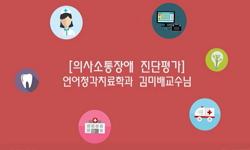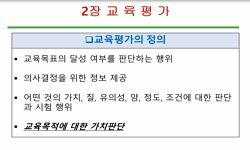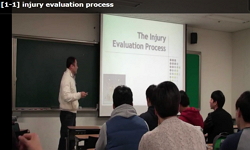This study examined the effects of referral requirements for insurance patients which have been enforced since July 1, 1989 when medical insurance coverage was extended to the whole population except beneficiaries of medical assistance program. The re...
http://chineseinput.net/에서 pinyin(병음)방식으로 중국어를 변환할 수 있습니다.
변환된 중국어를 복사하여 사용하시면 됩니다.
- 中文 을 입력하시려면 zhongwen을 입력하시고 space를누르시면됩니다.
- 北京 을 입력하시려면 beijing을 입력하시고 space를 누르시면 됩니다.
https://www.riss.kr/link?id=A101437015
-
저자
한달선 (한림대학교 사회의학연구소) ; 김병익 (한림대학교 사회의학연구소) ; 이영조 (한림대학교 사회의학연구소) ; 배상수 (한림대학교 사회의학연구소) ; 권순호 (한림대학교 사회의학연구소) ; Han, Dal-Sun ; Kim, Byungy-Ik ; Lee, Young-Jo ; Bae, Sang-Soo ; Kwon, Soon-Ho
- 발행기관
- 학술지명
- 권호사항
-
발행연도
1991
-
작성언어
Korean
- 주제어
-
등재정보
SCOPUS,KCI등재
-
자료형태
학술저널
- 발행기관 URL
-
수록면
485-495(11쪽)
- 제공처
-
0
상세조회 -
0
다운로드
부가정보
다국어 초록 (Multilingual Abstract)
This study examined the effects of referral requirements for insurance patients which have been enforced since July 1, 1989 when medical insurance coverage was extended to the whole population except beneficiaries of medical assistance program. The requirements are mainly aimed at discouraging the use of tertiary care hospitals by imposing restrictions on the patient's choice of a medical service facility. The expectation is that such change in the pattern of medical care utilization would produce several desirable effects including increased efficiency in patient care and balanced development of various types of medical service facilities. In this study, these effects were assessed by the change in the number of out-patient visits and bed-days per illness episode and the share of each type of facility in the volume of services and the amount of expenditures after the implementation of the new referral system. The data for analysis were obtained from the claims to the insurance for government and school employees. The sample was drawn from the claims for the patients treated during the first six months of 1989, prior to the enforcement of referral requirements, and those of the patients treated during the first six months of 1990, after the enforcement. The 1989 sample included 299,824 claims (3.6% of total) and the 1990 sample included 332,131 (3.7% of total). The data were processed to make the unit of analysis an illness episode instead of an insurance claim. The facilities and types of care utilized for a given illness episode are defined to make up the pathway of medical care utilization. This pathway was conceived of as a Markov Chain process for further analysis. The conclusion emerged from the analysis is that the enforcement of referral requirements resulted in less use of tertiary care hospitals, and thereby decreased the volume of services and the amount of insurance expenses per illness episode. However, there are a few points that have to be taken into account in relation to the conclusion. The new referral system is likely to increase the use of medical services not covered by insurance, so that its impact on national health expenditures would be different from that on insurance expenditures. The extension of insurance coverage must have inereased patient load for all types of medical service organizations, and this increase may be partly responsible for producing the effects attributed to the new referral system. For example, excessive patient load for tertiary care hospitals may lead to the transfer of their patients to other types of facilities. Another point is that the data for this study correspond to very early phase of the new system. But both patients and medical care providers would adapt themselves to the new system to avoid or overcome its disadvantages for them, so as that its effects could change over time. Therefore, it is still necessary to closely monitor the impact of the referral requirements.
동일학술지(권/호) 다른 논문
-
Methamphetamin 남용입원환자들의 C형간염 항체 양성률에 관한 조사
- 대한예방의학회
- 김진규
- 1991
- SCOPUS,KCI등재
-
- 대한예방의학회
- 채영문
- 1991
- SCOPUS,KCI등재
-
제강소 장기근무자의 소음 노출 및 청력손실과 혈압과의 관계에 관한 연구
- 대한예방의학회
- 하명화
- 1991
- SCOPUS,KCI등재
-
백서 주령에 따른 carboxyhemoglobin의 해리양상에 관한 실험적 연구
- 대한예방의학회
- 김선민
- 1991
- SCOPUS,KCI등재






 ScienceON
ScienceON





